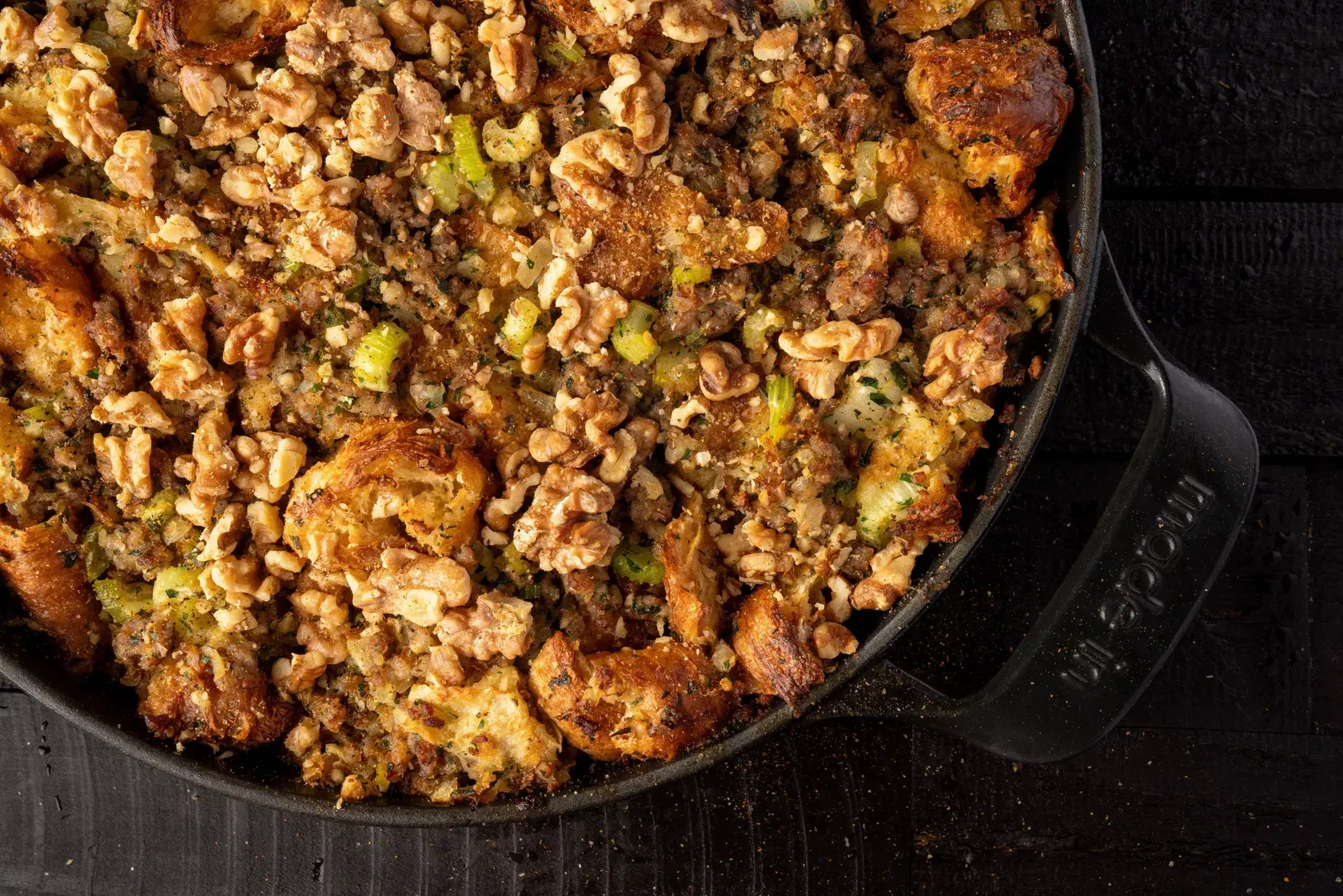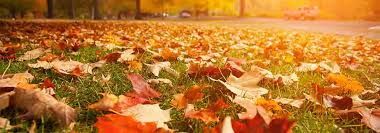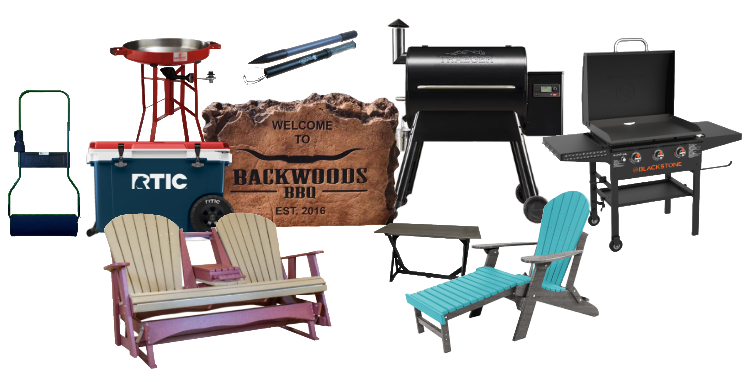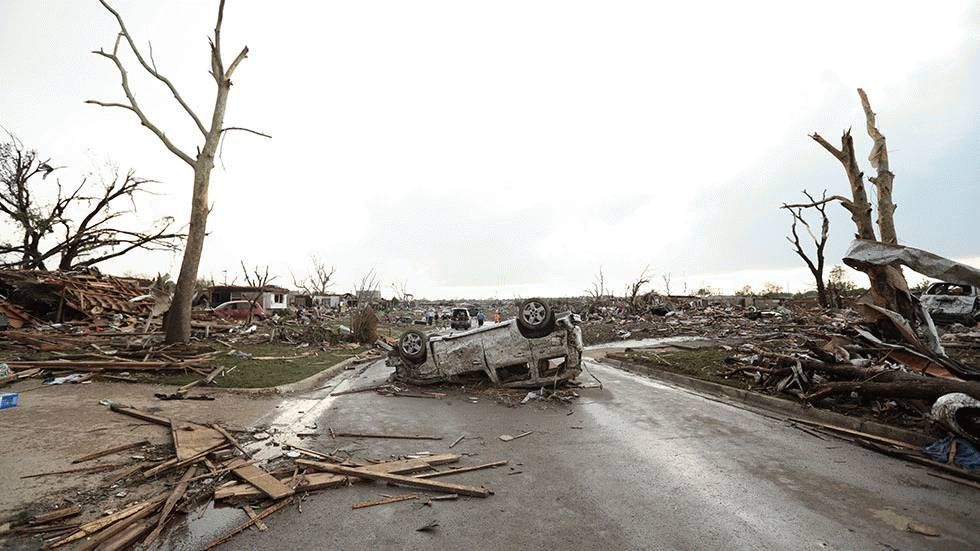12 Surprising Uses for Your Pressure Washer
From Gutters to Grills: Creative Pressure Washing Tips
Pressure washers are incredibly versatile tools that can tackle a wide range of cleaning tasks beyond just concrete, decks, siding, and patios. At M&D Enterprises, we understand the value of maximizing your equipment's potential. Here are some innovative ways to use your pressure washer to save time and effort around your property:

1. Unclogging Drains
When traditional methods fail to clear clogged drains, a sewer jetter attachment for your
pressure washer can be a game-changer. These flexible hoses with specialized nozzles can navigate through pipes, breaking apart clogs and flushing out debris. For indoor drains up to 4 inches in diameter, an electric
pressure washer with at least 1,500 PSI is recommended. For outdoor drains up to 6 inches, a
gas pressure washer is more suitable. Always ensure your pipes can withstand the pressure, and consult a professional if unsure.
2. Removing Paint and Graffiti
A
pressure washer equipped with the right nozzle can effectively strip paint or graffiti from various surfaces. Using a 15-degree or 25-degree nozzle, combined with a PSI between 1,500 and 3,000, can remove unwanted paint without damaging the underlying material. For tougher jobs, consider using a chemical graffiti remover in conjunction with your
pressure washer.
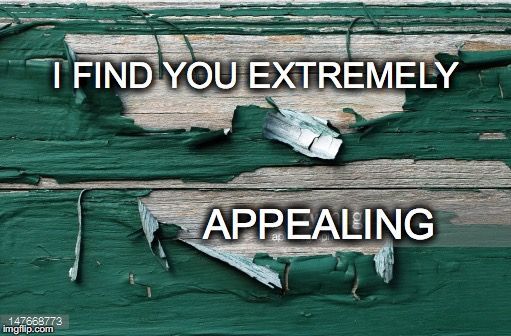
3. Eliminating Rust
Rust stains on sidewalks, buildings, or metal surfaces can be unsightly. A pressure washer with at least 3,000 PSI and a narrow-angle nozzle can effectively remove rust. For best results, use a rust removal detergent designed for pressure washers.
4. Cleaning Windows
Pressure washing exterior windows can save time, especially for hard-to-reach areas. Use a wide spray nozzle (40 to 60 degrees) and keep the pressure below 2,000 PSI to prevent damage. Ensure windows are in good condition before cleaning, and consider using a cleaning solution compatible with your
pressure washer.
5. Maintaining Chimneys
Over time, chimneys accumulate soot and debris.
Pressure washing can effectively clean the exterior, but it's crucial to use low pressure (100 to 400 PSI) to avoid damaging the mortar or bricks. Always inspect the chimney's condition before cleaning.
6. Cleaning Landscaping and Farming Equipment
Regularly cleaning your landscaping and
farming equipment can extend its lifespan. A
pressure washer with 2,000 to 3,000 PSI can remove dirt, grease, and debris from
mowers,
tractors, and
other machinery. Using a telescoping wand can help reach difficult areas without the need for ladders.
7. Refreshing Garbage Cans
Garbage cans can harbor unpleasant odors and bacteria. Using a 40-degree wide spray nozzle, you can effectively clean and deodorize your bins. For a deeper clean, apply a detergent or bleach solution with a scrub brush attachment before rinsing.
8. Clearing Gutters and Downspouts
Clogged gutters can lead to water damage. A
pressure washer with a telescoping wand and a gutter-cleaning attachment can efficiently remove leaves and debris. An electric
pressure washer with at least 1,200 PSI is typically sufficient for this task.
9. Cleaning Pools
Pressure washers can remove algae, dirt, and other debris from pool surfaces. Use a pressure washer with at least 1,200 PSI and a 90-degree spray nozzle for cleaning pool decks, interiors or
patio furniture. Always test a small area first to ensure the pressure won't damage the surface.
10. Washing Rugs and Carpets
Outdoor rugs, car mats, and even some indoor carpets can be cleaned with a
pressure washer. Use a 25- or 40-degree nozzle and keep the pressure around 1,600 PSI. Apply a suitable detergent, and avoid using hot water to prevent damage to the fibers.
11. Cleaning BBQ Grills
Grime and grease can accumulate on
BBQ grills over time. Disconnect the
grill from any gas sources or electricity, apply a degreaser, and use a
pressure washer with at least 2,000 PSI to clean the surfaces. Be cautious to avoid damaging sensitive components.
12. Creating Clean Art
Reverse graffiti, or "clean art," involves using a
pressure washer and stencils to create designs by cleaning specific areas of a dirty surface. This eco-friendly art form can transform dirty sidewalks or walls into creative displays. Use a stencil made of durable material and a
pressure washer with 1,300 to 2,400 PSI for best results.
Safety Tips:
- Always read your pressure washer's manual before use.
- Wear appropriate protective gear, including goggles and gloves.
- Test the pressure on a small, inconspicuous area before proceeding.
- Be mindful of the surface material to prevent damage.
For more insights and tutorials on pressure washing, check out our blog and visit our YouTube channel or M&D T.V. for helpful videos.
Let us know if you need further assistance or have specific questions about pressure washing tasks!
Share Our Blog Post(s) However You'd Like!
Contact
Contact Us





